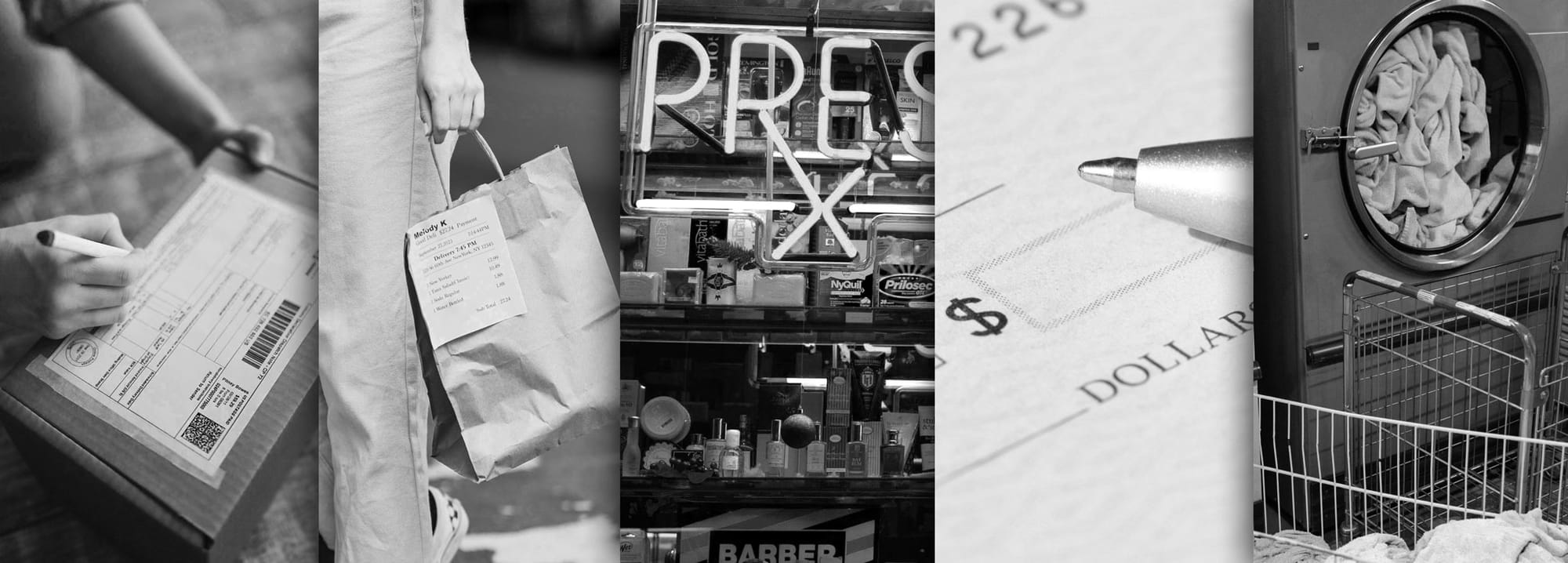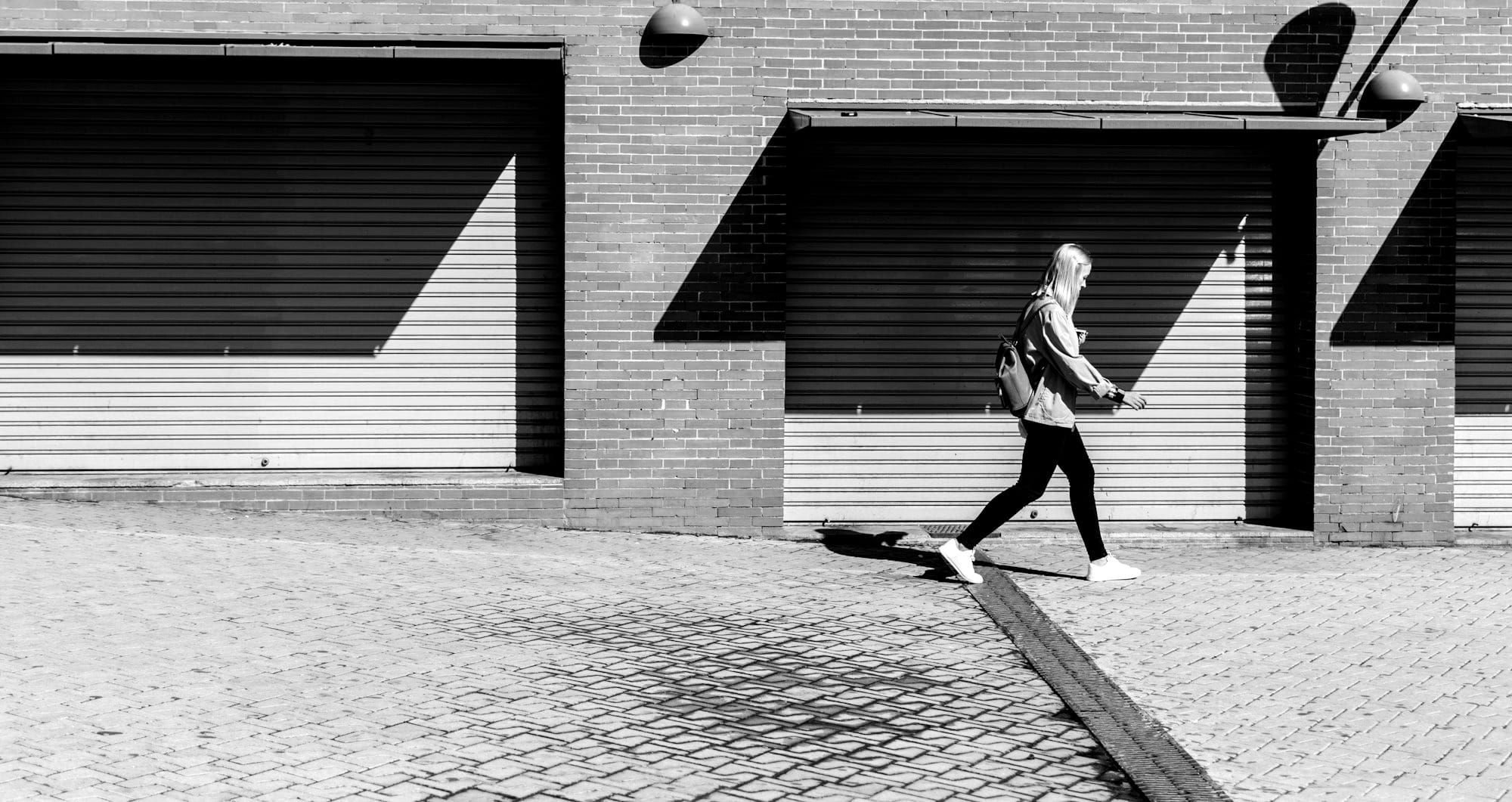The 100‑Step Errand — Ultra‑Local Shopping
Rediscovering what’s within walking distance

When did running errands become literal running? We jump in cars, hit six stores, and call it efficiency, but the tally often includes stress, gas, and missed details. The 100‑Step Errand flips the model: choose one necessity and get it within a hundred steps of your front door — or as close as your neighborhood allows.
Scouting the Radius
Stand on your porch and imagine a loose circle, maybe 200 feet across. What’s inside? Corner market, community fridge, library drop box, Little Free Library, produce stand in a neighbor’s yard? Even if the only resource is a vending machine, the experiment starts there.
Planning the Micro Trip
Pick one item: loaf of bread, bag of ice, library return, packet of screws. Leave wallets and phones unless needed for payment; pockets lighten the journey. Bring a cloth bag — purposeful, quaint.
The Walk Out — Sensory Audit
Count steps quietly. At ten, notice smell: cut grass, diesel, barbecue. At forty, switch to sound: wind through elm leaves, a dog’s bark echo, distant train horn. By seventy, feel ground texture: cracked sidewalk, springy turf, warm asphalt.
Transaction as Micro‑Connection
Greet the shopkeeper or neighbor. If no human exchange happens, note the design of the vending machine or community box. These small loci of commerce are social glue, even unattended.
The Return — Object Meditation
Carry your single purchase by hand. Feel its weight grow through repetition. That heft is a lesson in material reality apps can’t provide. Halfway home, pause; show gratitude by adjusting your grip consciously rather than shifting mindlessly.
Why Only One Item?
- Focus. Multiples trigger list‑brain mode; singles cultivate presence.
- Frequency. Smaller loads mean more trips, more steps, more chances to greet.
- Sustainability. Ultra‑local demand encourages micro‑retailers to thrive.
Scaling Up Responsibly
If 100 steps is impossible, extend to 300 or add “human power only” rule: bicycle, scooter, wheelchair, stroller. The spirit is low‑carbon, high‑connection.
Hidden Benefits
- Neighborhood awareness. You notice which yards bloom, which sidewalks need repair, who’s moved in.
- Micro‑exercise. Ten minutes of walking woven into daily life adds up without needing gym slots.
- Budget mindfulness. Cash purchases curb impulse buys; you can only carry so much.
Story Seeds
Keep a tiny notebook and jot one observation per errand: “Blue door newly painted,” “Cat sleeping on newsstand,” “Storekeeper calls everyone ‘friend’.” You’re building a private map of local color.
Community Ripple
Share the practice online or at a block gathering. When multiple households adopt 100‑Step Errands, corner shops see steadier foot traffic, and streets feel safer with more eyes and friendly waves.
Final Footsteps
Place your errand item on the kitchen counter. Before rushing on, count the remaining steps back to the porch, and smile at the full circle. Errands once felt like chaotic obligations; now they are brief pilgrimages that stitch you closer to the fabric under your own roof shingles.
— Lawrence


